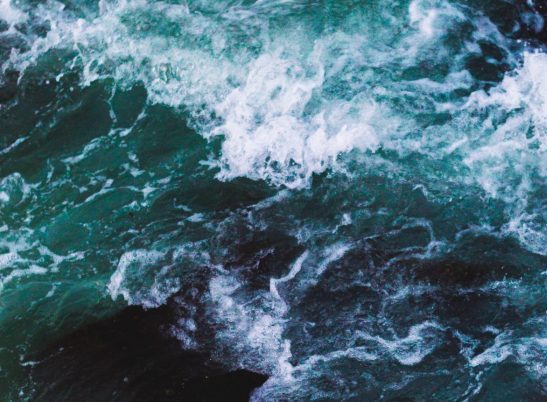Coca-Cola | Integrating WASH and Freshwater Conservation

At The Coca-Cola Company, our water stewardship strategy takes us out of direct operations (our bottling and other manufacturing plants) to communities and the watersheds we all share. Over the years, our work, with partners has helped millions of people gain access to sustainable supplies of safe drinking water. We have also helped conserve billions of liters of freshwater through projects focused on improving water quality and flows. Our latest report provides details.
With the advent of the Sustainable Development Goals, especially on water, and the Africa Biodiversity Collaborative Group’s (ABCG) groundbreaking Guidelines on the integration of water, sanitation and hygiene (WASH) with conservation, we became interested in exploring how our efforts in both spheres could be integrated for greater impact.
This summer, we conducted research that builds on ABCGs work which is presented in our report Integration of Water, Sanitation, and Hygiene (WASH) and Freshwater Conservation: Overview and Background, Case Studies, and Enabling Conditions. In addition to document research, we conducted approximately 50 interviews with practitioners doing WASH and freshwater conservation from three sectors:
- WASH Community: These organizations are motivated by the human development and health needs and their work encompasses community water access, sanitation, and hygiene infrastructure and behavior change.
- Conservation Community: These organizations are motivated to preserve ecosystems so they can sustain all forms of life. A healthy watershed is often the cornerstone of a healthy ecosystem, which is what leads these organizations to work in freshwater conservation.
- The Coca-Cola System: Given Coca-Cola’s experience working with both types of organizations.
Key findings of this study:
- Impact: Integrated WASH and conservation projects can increase the benefits of each effort.
- Productivity: Although an integrated project may take more time and effort to set up, with proper funding timelines and monitoring, it results in efficiencies over time, as well as a model that can be replicated, because multiple goals are addressed by one project.
- Longevity: With integrated projects, the community understands the interdependency of their supply of drinking water and the important role that nature is playing leading to active engagement and long-term support of conservation efforts.
- Not a panacea: Integrated projects are not always the ideal answer for every project and must be evaluated case-by-case. This is important because we cannot assume that integrated projects are always the best choice for every single project due to factors such as the watershed characteristics and community desires.
- Enabling conditions: Finally, through this research, we identified a set of “ideal” enabling conditions (not prerequisites) that help identify what makes a project an optimal choice for integration.
Greg joined The Coca-Cola Company in 1996 and is currently their senior director for global water stewardship. He has nearly 30 years of experience and is a globally recognized leader in water resource management. Currently, Greg leads Coca-Cola’s global water stewardship program across some 1,000 facilities and numerous agricultural supply regions, focusing on: water use efficiency and wastewater management in production facilities; watershed protection and climate change adaptation; community water initiatives; supply chain water management, global awareness and action, and water policy engagement. He collaborates with bottling partners, governments, NGOs, aid/development agencies and communities throughout the Coca-Cola system.
